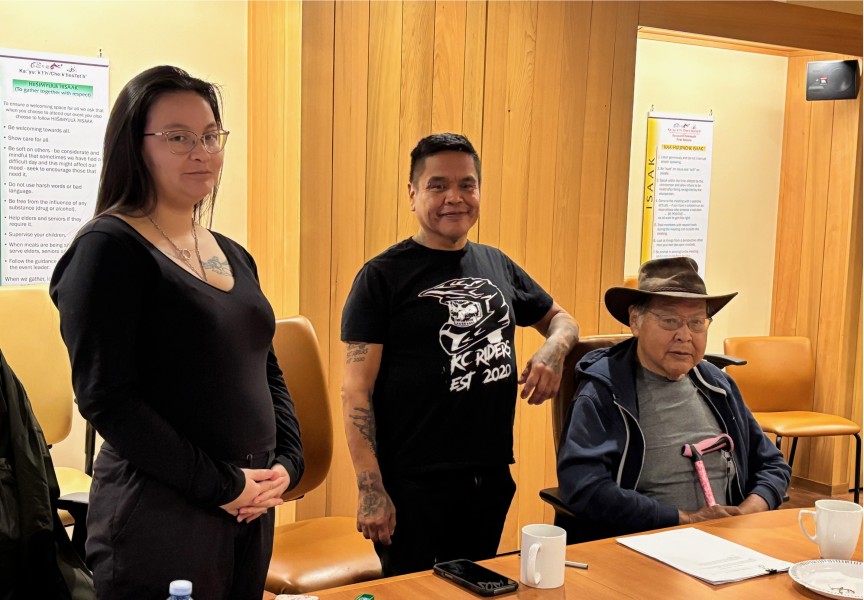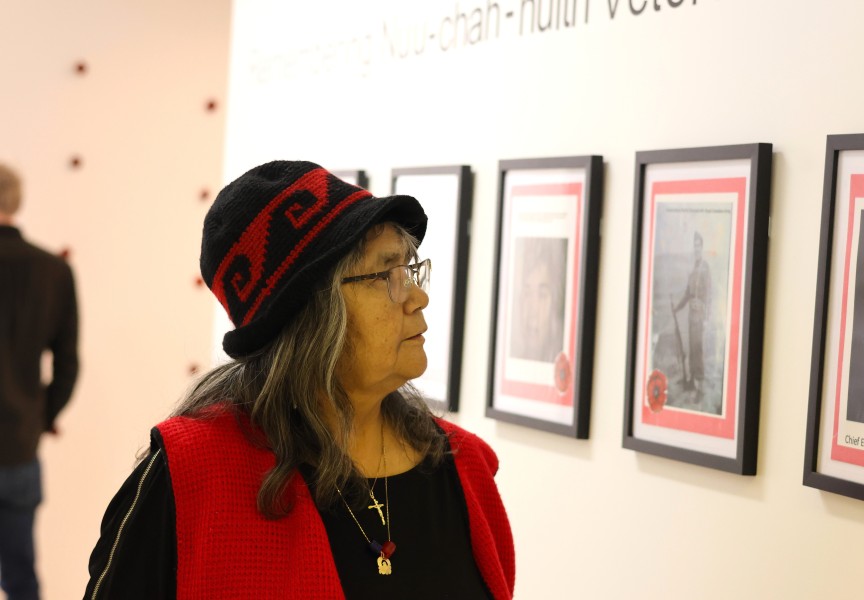The British Columbia Utilities Commission (BCUC) recommends that First Nations should be given the opportunity to self-regulate an Indigenous utility when providing services on their reserve land.
The BCUC’s recommendation comes as one of many in their final report on the regulation of Indigenous energy utilities in British Columbia that was sent to the minister responsible for the Hydro and Power Authority Act.
The BCUC is the independent regulator for British Columbia’s electric, natural gas, and thermal energy “public utilities.” In March 2019, the Lieutenant Governor in Council directed the BCUC to provide recommendations to the provincial government regarding the regulation of Indigenous energy utilities in B.C.
The direction came after Beecher Bay First Nation in Sooke wanted to build and run an electrical utility using ocean thermal for a large new housing and commercial development within the reserve, but was denied by the BCUC in 2016.
The BCUC's Indigenous Utilities Regulation Inquiry sought feedback on a number of essential questions including, what are the characteristics of an “Indigenous utility” and should Indigenous utilities be regulated or not? And if so, how?
During their research, the BCUC heard feedback through several community input sessions and draft report workshops across the province and from representatives of more than 50 different First Nations groups including the Nuu-chah-nulth Tribal Council.
Following the community input sessions, a draft report was submitted in November 2019 that provided a summary of the feedback the BCUC received and prepared 14 draft recommendations. A final report with revised recommendations was released on April 30.
Encouraging economic development
During the inquiry, the BCUC heard that owning a utility is important to many First Nations as a means to promote economic development on their land and that the regulation of a First Nation-owned public utility can impede these economic development benefits.
The BCUC’s final recommendations included that an Indigenous utility be defined as a public utility for which an Indigenous nation has control and it is not limited to the types of services it provides.
It is also recommended that any BCUC oversight ceases when a First Nation notifies the BCUC that it no longer requires their regulation and demonstrates that there is an arm’s length complaint and dispute resolution process to protect all ratepayers.
In addition, recommendations include that a panel be composed of Indigenous people and others with specialized knowledge, like First Nations governance, to assess a First Nation's complaint and dispute resolution process and that First Nations collectively develop a province-wide appeal body that can be available to customers of Indigenous utilities.
Judith Sayers, president of the Nuu-chah-nulth Tribal Council, was highly involved in the proceedings of the inquiry and provided ample feedback and suggestions for Indigenous utility regulation.
“[The BCUC] said there should be First Nations utilities on reserve and that we can put together our own oversight body. They didn’t say we had to use BCUC, so First Nations can put together a regulator—I thought that’s a form of governance and self determination so I was really happy that they said that,” Sayers said. “I would really love to see us be able to do this off reserve for Nuu-chah-nulth because most of our reserves are really small. If we could get some customers and start selling to people in Port Alberni, it’s a huge opportunity.”
The BCUC also recommends that the province reconsider the Standing Offer Program (SOP) along with the cap for that program and any other provision that places economic barriers on potential participants.
The BC Hydro Standing Offer Program was launched in 2008 to provide independent power producers an opportunity to develop small-scale renewable energy projects and to sell power back into the electrical grid. The project was indefinitely suspended in 2017, leaving some First Nations, including several Nuu-chah-nulth nations, with stalled developments.
Sayers, who’s been involved in clean energy projects since 2002, said since the suspension of the SOP, many First Nations have felt frustration with the lack of opportunities for independent power production.
Just 35 per cent of electricity produced on the island
According to BC Hydro, just 35 per cent of electricity used on Vancouver Island is generated there, despite its abundance of streams, rivers and lakes. The rest of the power comes from B.C.’s mainland and large-scale hydroelectric dams on the Columbia and Peace rivers. With 95 per cent of the province’s electricity being generated by water, some First Nations on Vancouver Island question if large-scale dams, such as the multi-billion-dollar Site C project on the Peace River are the best answer.
“[The B.C. government] never talked to First Nations at all when they were deciding to go ahead with Site C because they knew they would have to suspend the Standing Offer Program,” Sayers said. “That was a really bad faith thing that they did. They should have talked to all of the First Nations in B.C. to see how it would impact.”
An article published by the Clean Energy Research Group (CERG) says analysis by its team of engineers found that B.C.’s projected electricity demands cannot be met by Site C alone.
“The projected demand, including the electrification of B.C.’s natural gas fields and the switch to electric cars to help meet the province’s 2030 goal to reduce its greenhouse gas emissions by 40 per cent, show that additional supply will be needed,” states the article.
Remote villages still dependent on diesel
Many remote First Nations in British Columbia rely on diesel generators to power their communities, like the Hesquiaht First Nation at Hot Springs Cove.
Construction for a run-of-the-river hydroelectric project by the HFN has been in hiatus for years due to lack of funding. But Sayers said she believes funding has recently been secured for the nation to finish the project and get the remote community off diesel fuel.
“Hopefully this spring they get that built because it’s the late Richard Lucas who really, really pushed to get money and it took him years. I was so sad that he passed away before they decided to give him the money,” Sayers said.
Another Nuu-chah-nulth-led clean energy project includes the Ditidaht First Nation’s hydro project on the Little Nitinaht River, which would run water through a pen stock pipe to a downhill generating station with a 4.5-megawatt capacity. By selling power back into the BC Hydro grid, the Little Nitinaht River project would have brought major revenue for the First Nation. Unfortunately, the project was halted when the province announced the suspension of the SOP.
At risk of jeopardizing negotiations with the province, Bryan Cofsky, executive director of the Ditidaht Economic Development Corporation, declined to comment on the development of the project at this time.
The Hupacasath First Nation own 72 per cent of a green hydroelectric plant on China Creek that during peak operation produces enough electricity to power 6,000 homes.
This project started producing power in December of 2005, when Sayers was chief of the Hupacasath, and had a total cost of approximately $14 million.
“There’s so many benefits you get out of clean energy projects. This is the wave of the future,” Sayers said. “We really need to have regional economic dependence of power because of the way things are happening with climate change and all these other things like COVID. We’d be so much better off not reliant on the gird and all the issues it’s going to have in the future.”
After reviewing the Final Report, the Government of B.C. will consider the BCUC’s recommendations and may use them to inform future changes to legislation or policy.
“The BCUC has to make recommendations to B.C. government and then it’s what the government does with it. In all our recommendations we really pushed UNDRIP (The United Nations Declaration on the Rights of Indigenous Peoples),” Sayers said. “The B.C. government has to guide Indigenous relations. I don’t think they have any choice but to go with this.”







